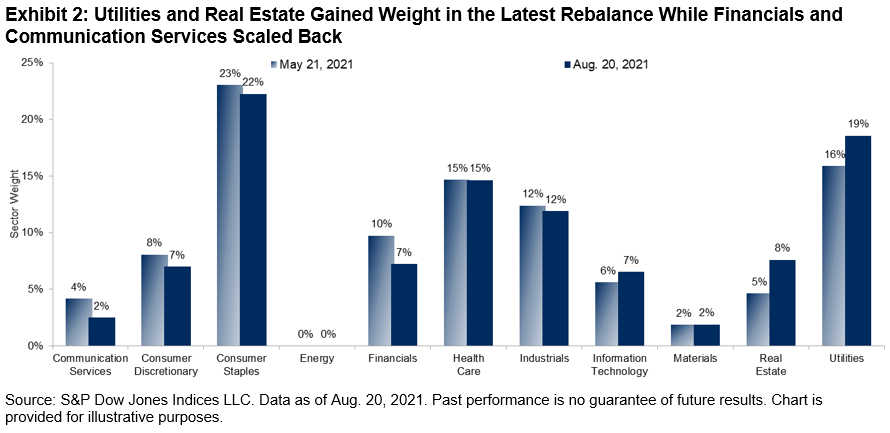While the rationale behind risk parity is well understood, the implementation frameworks often differ. For example, some implementations are purely passive while others are more active, the way risk is defined can differ, and the underlying instruments used can vary.
In 2018, the S&P Risk Parity Indices became the first transparent, rules-based benchmarks offered in the space. Since their launch, several firms have adopted these indices as benchmarks and for replication. Moreover, we have been in regular dialogue with several of the leading asset owners, asset managers, and consultants focused on risk parity. Insights from these valuable interactions motivated us to launch a second series of indices, the S&P Risk Parity 2.0 Indices. In this blog, we will introduce this new index series and compare it to the original.
High-Level Methodology Comparison
Exhibit 1 highlights the features of the methodologies that are shared or different. The S&P Risk Parity 2.0 Indices differentiate themselves from the first series in two distinct ways: they incorporate a fourth asset class (TIPS) and assess risk differently. Details on the construction for both series will be covered more extensively in an upcoming blog
Risk parity strategies are often assessed in terms of how they are expected to perform across periods when growth and inflation are either rising or falling. TIPS is an important asset class for many investors because it can be an effective way to guard against inflation. TIPS are also expected to outperform equities and commodities during periods of falling growth.
The S&P Risk Parity 2.0 Indices also switch from the simplistic definition of risk (as volatility) to define it in terms of volatility and covariance. By including both volatility and covariance, the risk of each asset class is being assessed in terms of its contribution to the overall portfolio. Furthermore, instead of allocating risk equally across all four asset classes, it uses a budgeted approach where commodities, equities, and fixed income are each assigned a 28.3% risk budget and TIPS is assigned a 15% risk budget. To achieve this, an optimizer solves for the weights that satisfy these risk budgets.

Headline Performance Statistics
Exhibit 2 summarizes the high-level performance characteristics for each of the series using the 10% target volatility indices.
Over the long-term, both index series have posted risk-adjusted returns that are superior to the manager composite, the HFR Risk Parity Vol 10 Index. For reference, the HFR Risk Parity Indices represent the weighted average performance of the universe of active fund managers employing an equal risk-contribution approach in their portfolio construction. We intend to review the performance characteristics in more detail in upcoming blogs in this series.

Conclusion
Despite their commonalities, these two series are certainly distinct, and we anticipate demand for both. Thus far, the original series has proved popular, given it is 100% futures-based and assesses risk in a simple and straightforward manner. The S&P Risk Parity 2.0 Index Series cannot be fully implemented using futures (since it incorporates TIPS) and cedes some simplicity (by using an optimizer), but in doing so it accounts for cross-asset correlations as it strives to achieve improved risk diversification. We look forward to delving further into this new index series in future blogs.
The posts on this blog are opinions, not advice. Please read our Disclaimers.






